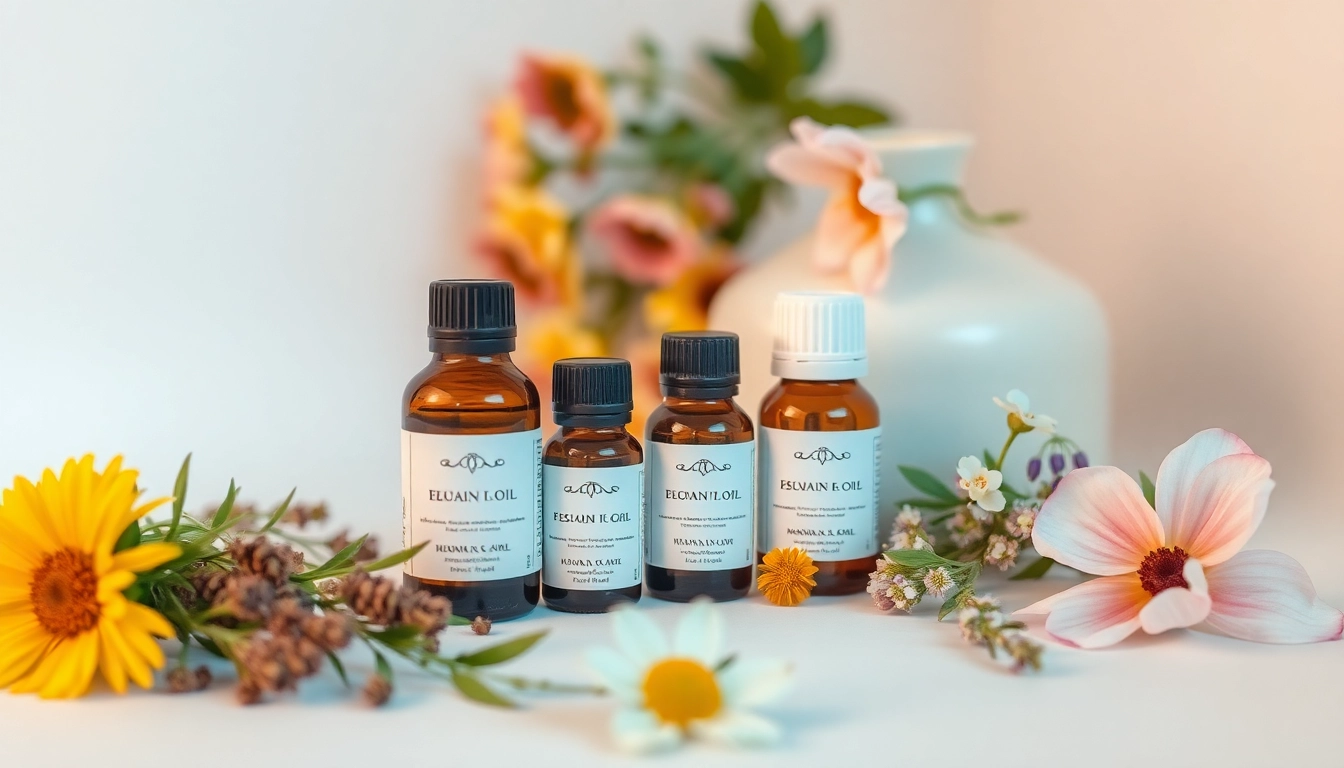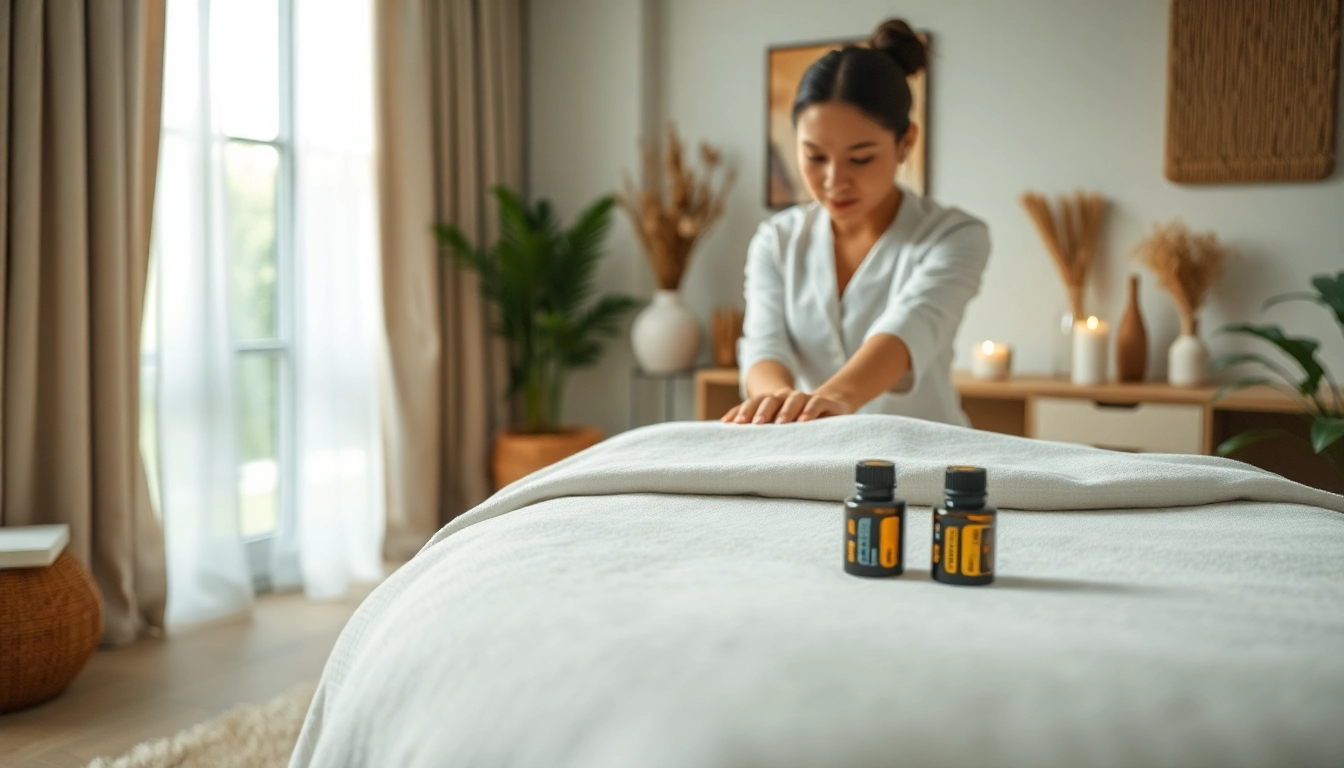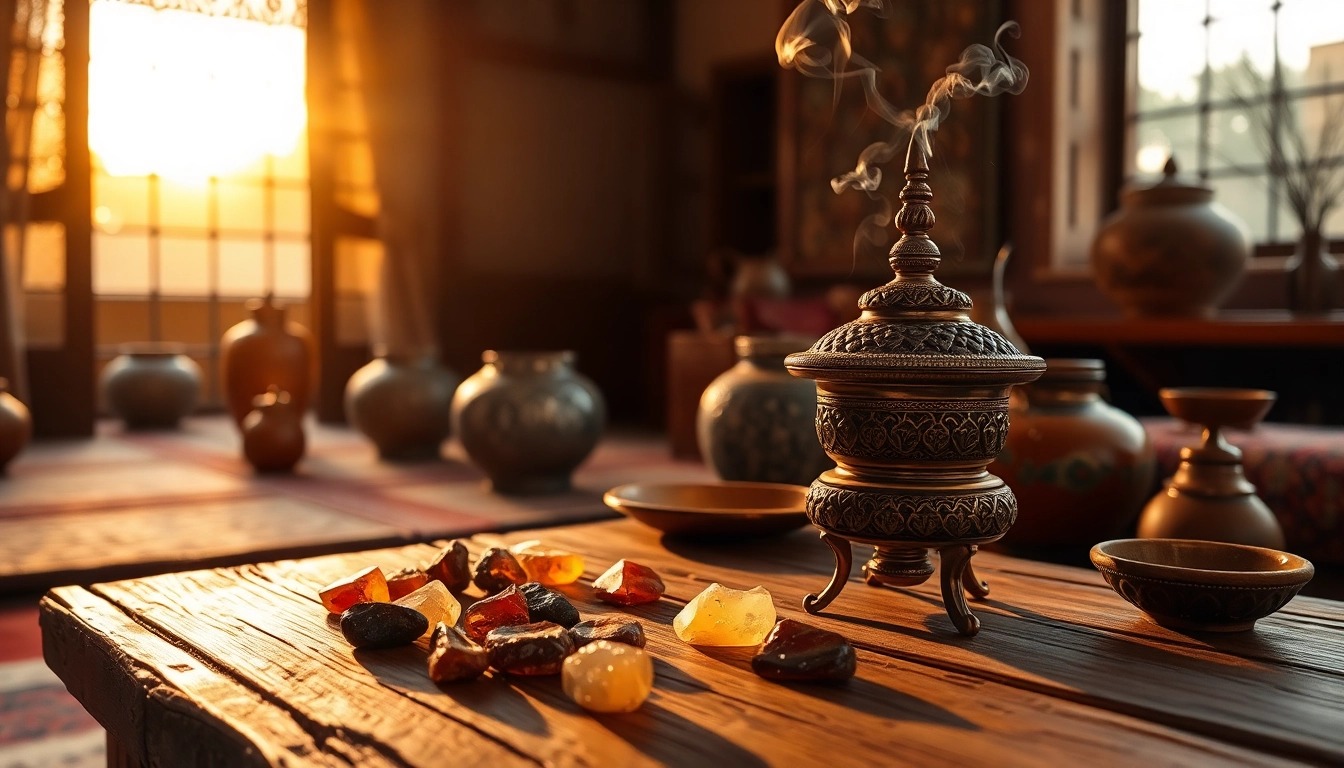Understanding Essential Oils
What Are Essential Oils?
Essential oils are concentrated plant extracts that retain the natural fragrance and beneficial properties of the source plant. They are typically derived from flowers, leaves, stems, roots, and even fruits through various extraction processes. Unlike the thicker oils you might find in your kitchen, essential oils are volatile, meaning they evaporate quickly and emit the distinct scents that many find therapeutic or aromatic. These oils are lauded not just for their fragrances but also for their numerous health benefits and uses, making them an essential component in aromatherapy, personal care, and holistic health practices. Many people turn to essential oils for wellness solutions, highlighting how these natural substances can impact mood, well-being, and physical health.
How Essential Oils Are Extracted
The extraction of essential oils can be achieved through several different methods, each affecting the quality and properties of the final product. The most common extraction techniques include:
- Steam Distillation: This is the most prevalent method. Plant material is placed in a still, and steam is passed through it. The heat causes the plant’s oils to evaporate, and the steam is condensed back into liquid form, separating the oil from the water.
- Cold Press Extraction: Typically used for citrus fruits, this method involves mechanically pressing the rind to release its oils. It’s a gentle process that maintains the integrity of the oil.
- Solvent Extraction: In this method, solvents are used to dissolve the essential oil, which is then separated from the solvent. Although it can yield a high-quality oil, it may leave behind chemical residues.
- Carrier Oil Extraction: Less common but worth mentioning, this involves using a carrier oil to extract and dilute the essential oils. This method is often used for topical applications.
The extraction method chosen can significantly influence the potency, aroma, and quality of the essential oil, making it essential for consumers to understand these processes when selecting products.
Common Types of Essential Oils
There are numerous essential oils available, each with its unique properties and uses. Some of the most popular essential oils include:
- Lavender: Renowned for its calming effects, lavender oil is commonly used to alleviate stress, improve sleep, and enhance relaxation.
- Tea Tree: Known for its antibacterial and antifungal properties, tea tree oil is frequently used in skincare to treat acne and minor infections.
- Eucalyptus: Often used to relieve respiratory issues, eucalyptus oil acts as an air purifier and is commonly found in decongestants.
- Peppermint: Invigorating and refreshing, peppermint oil is helpful for headaches, improving focus, and even digestive support.
- Lemon: This uplifting oil is celebrated for its mood-enhancing properties and is often included in cleaning products for its antibacterial benefits.
Each essential oil has its own array of potential uses, and understanding these distinctions helps enthusiasts best apply them for personal benefit.
Benefits of Essential Oils
Mental Well-being and Essential Oils
Essential oils have gained attention for their potential to promote mental well-being. The aromatic molecules found in these oils can affect neurochemistry, influencing mood and emotional health. For instance, inhaling lavender can lead to decreased anxiety and improved sleep quality, while citrus oils like lemon and orange can enhance feelings of happiness and reduce stress levels. Studies have shown that certain essential oils can trigger the limbic system in the brain, the area responsible for emotions, memory, and behavior, suggesting that they might be effective tools for managing mental health.
Physical Health Benefits of Essential Oil
Beyond their mental health benefits, essential oils also provide a range of physical health benefits. For example:
- Anti-inflammatory: Oils such as ginger and turmeric help reduce inflammation and pain in the body.
- Antimicrobial: Many essential oils, like tea tree and thyme, possess antimicrobial properties, making them effective in combating infections and enhancing oral health.
- Digestive Support: Oils like peppermint and ginger can aid digestion, alleviate nausea, and soothe stomach discomfort.
These various benefits highlight how integrating essential oils into your daily routine can enhance overall physical health.
Essential Oil and Immune System Support
Essential oils can play a vital role in supporting the immune system. Oils such as eucalyptus, lemon, and oregano have been shown to possess significant immune-boosting properties. They help fend off pathogens and promote a healthy immune response. Regular use of these oils, whether through diffusion, topical application, or incorporation into your wellness routine, can aid in maintaining a robust immune system, particularly in flu and cold seasons.
Using Essential Oils Safely
Essential Oil Dilution Guidelines
Using essential oils safely involves understanding how to dilute them properly. Essential oils are potent and must be diluted before topical application. A general guideline is to mix one drop of essential oil with at least a carrier oil, such as coconut or jojoba oil, especially for sensitive skin types. For most adults, a dilution of 2-3% is recommended, which equates to 12-18 drops of essential oil in one ounce (30 ml) of carrier oil. However, for children, pets, or if you have sensitive skin, further dilution may be necessary.
Common Allergies and Essential Oil Safety
Despite their many benefits, essential oils can cause allergic reactions or skin irritations in some individuals. Performing a patch test prior to widespread use is essential. This involves applying a diluted drop to a small area of skin and monitoring for any adverse reactions over 24 hours. Common allergens among essential oils include peppermint, eucalyptus, and lemon. Those with pre-existing allergies should consult with a healthcare provider before introducing new oils into their routine.
Choosing Quality Essential Oils
Not all essential oils are created equal. When selecting essential oils, it’s crucial to choose high-quality products. Look for oils that are 100% pure and free of synthetic additives. Reading labels that indicate the oil’s country of origin, extraction method, and any certifications (such as organic) can also provide insights into its quality. Reputable brands often provide third-party testing results, which further validate the purity and potency of their oils. Investing in quality essential oils ensures safety and maximizes their benefits.
Practical Applications of Essential Oils
Incorporating Essential Oils in Your Home
Essential oils can be seamlessly integrated into your home environment to create a calming atmosphere and promote health. Here are several practical applications:
- Diffusers: Using essential oil diffusers can fill your space with the fragrance of your chosen oil, improving air quality and boosting mood.
- Cleaning Products: Incorporate oils like tea tree and lemon into your DIY cleaning solutions for their antibacterial properties.
- Room Sprays: Mix essential oils with water and grain alcohol to create natural air fresheners that not only smell great but also ward off odors.
These practical applications show how essential oils can enrich your living space while providing wellness benefits.
Essential Oils for Skincare and Beauty
In the realm of skincare, essential oils are invaluable. Their natural properties can enhance beauty products and treatments. For example:
- Lavender Oil: Known for its soothing properties, it can be added to creams or used in baths to promote relaxation.
- Tea Tree Oil: Commonly used to treat acne, this oil can be mixed with facial cleansers or diluted for spot treatment.
- Frankincense: Often revered for its anti-aging benefits, it can be used in serums to promote skin rejuvenation and elasticity.
Incorporating essential oils into your beauty regimen can lead to more natural, effective results while promoting skin health.
Creating Your Own Essential Oil Blends
Creating personalized essential oil blends can be a rewarding experience. Start by understanding individual oils’ properties and selecting those that complement each other. For example, mixing lavender and chamomile can create a calming blend perfect for relaxation. When formulating blends, consider the intended use, whether for aromatherapy, skincare, or a cleaning solution. Also, remember to dilute oils appropriately for your intended application.
For beginners, it might be helpful to create a variety of blending ratios (like 3:1 or 2:2) to determine what works best for your preferences and needs.
Measuring the Effectiveness of Essential Oils
Tracking Your Wellness Journey with Essential Oils
To truly understand the effectiveness of essential oils, tracking your wellness journey is essential. Keeping a journal can help log the oils used, their applications, observed benefits, and any side effects. This reflective practice aids in identifying which oils best serve your purposes and can reassure newcomers about the results of regular use.
Essential Oil Diffusers vs. Topical Application
Two primary methods for using essential oils include diffusion and topical application, each with its unique advantages. Diffusing oils allows for scent dispersal in a large area, beneficial for mood enhancement and relaxation; however, it may not provide targeted therapeutic effects. In contrast, applying oils topically can be more effective for localized benefits, particularly for skin conditions or aches. Therefore, the method of application should align with your specific goals and desired outcomes.
Gathering Feedback and Results
Once you’ve incorporated essential oils into your daily routine, gather feedback and measure results. Monitoring how you feel and noting any changes in mood, energy levels, or health conditions can provide valuable insights. By documenting your experiences, you can refine your approach to using essential oils and determine which blends and applications yield the best results for your personal wellness journey.



